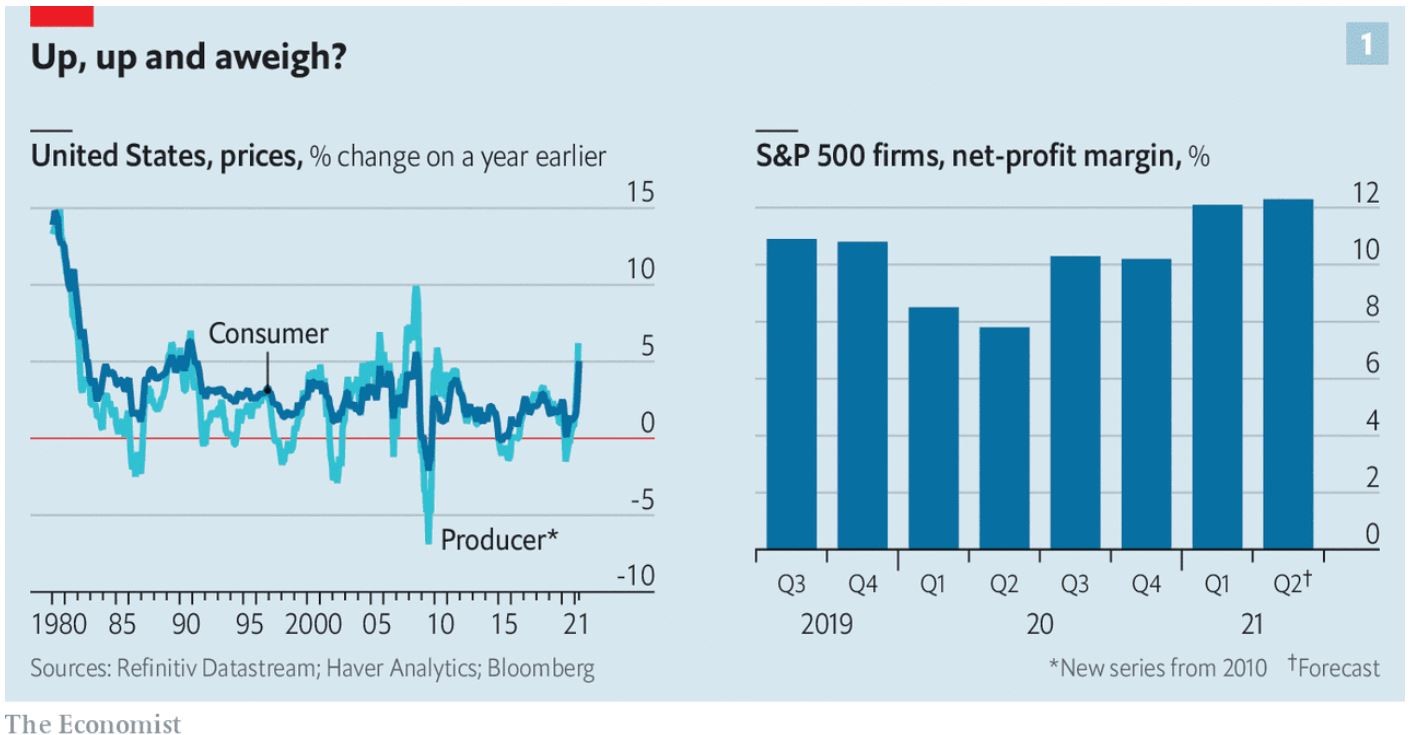FXOpen

Last Wednesday, the Federal Reserve of the United States (Fed) took financial markets by surprise. It delivered a hawkish message, as suggested by the dot plot that showed two possible rate hikes in 2023, rather than just one as the market participants expected.
As a reminder to all traders and investors, the Fed has a dual mandate – to maintain price stability and to create jobs. It delivers its monetary decisions based on interpreting the balance between the two parts of its mandate.
While job creation posed challenges due to the coronavirus pandemic, the Fed had an easier task fulfilling the inflation-targeting mandate.
Like most central banks in the developed world, the Fed targets inflation close to 2%. Or, at least it used to have this target.
It changed it last August. At the Jackson Hole Symposium last August, the Fed shifted its inflation target from reaching close to 2% to averaging 2%. From that moment on, speculations mounted as to what is the period the Fed will consider for averaging inflation.
Based on its recent decision, it appears that inflation, and not employment, is a concern for the Fed.
US Dollar Ripping Higher on Hawkish Fed
One may say that the Fed took markets by surprise, but the staff’s economic projections left no other choice. The US economic growth forecast was lifted higher for both 2021 and 2023, and so was the inflation forecast.
As such, the Fed raised the interest rate on excess reserves by five basis points in a first attempt to normalize rates. Judging by the market’s reaction, they were taken by surprise as the US dollar gained across the board on the Fed’s message.
The EURUSD pair closed the week well below 1.19, after trading with a bid tone above 1.21 for most of the past two months. Also, the AUDUSD or the GBPUSD lost ground, in a piece of further evidence that the US dollar bears were taken by surprise.
Moving forward, it remains to be seen what will other central banks do. Brazil already reacted, by raising the interest rates, in a classic move from an emerging market’s central bank after the Fed turns hawkish.
The big question is – what will other central banks from the developed world do? The first one to watch is the Bank of England, as the Monetary Policy Committee is due to deliver its decision this upcoming Thursday.
This article represents the opinion of the Companies operating under the FXOpen brand only. It is not to be construed as an offer, solicitation, or recommendation with respect to products and services provided by the Companies operating under the FXOpen brand, nor is it to be considered financial advice.






